Layoffs: How To Conduct Them Properly And Potentially Avoid Them Altogether
HR Tech Girl
MAY 18, 2023
You should also ensure that you’re following your own policies and procedures for layoffs, which may include offering severance pay and continuing benefits. Offer outplacement services As part of the severance package, consider offering outplacement services such as career coaching, resume writing, and job search assistance.



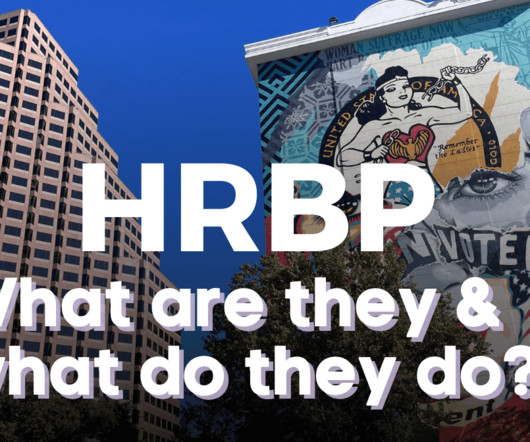
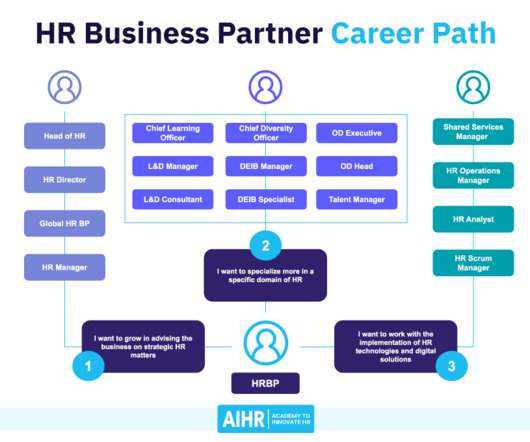
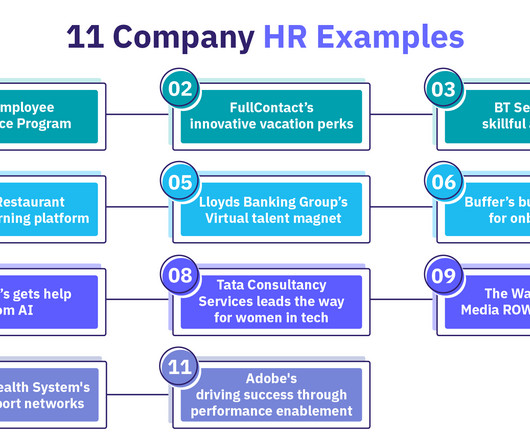

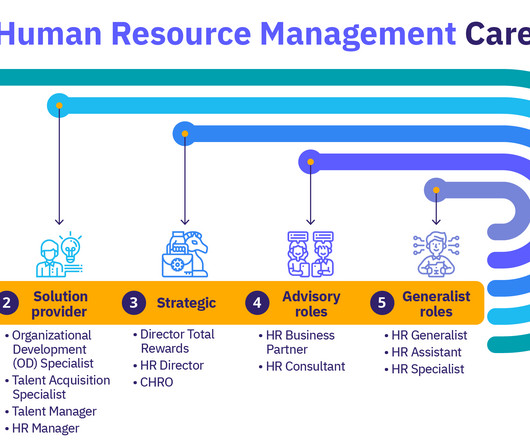
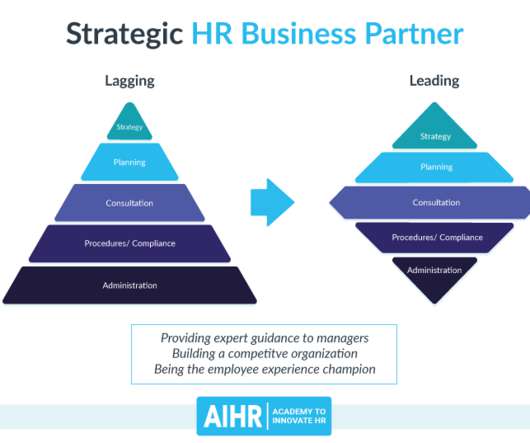



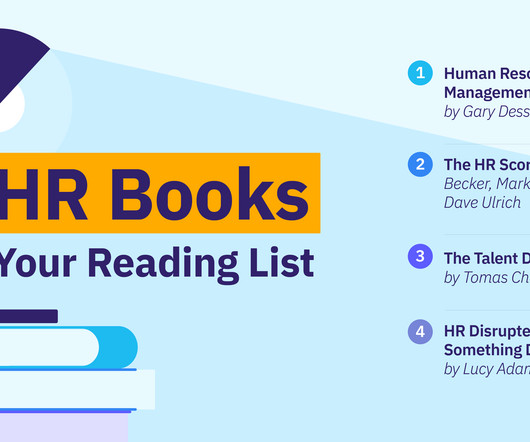

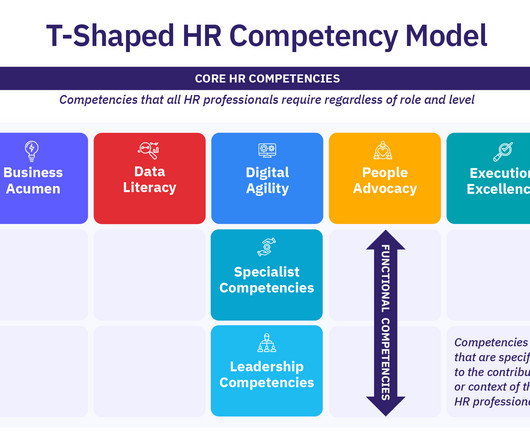











Let's personalize your content